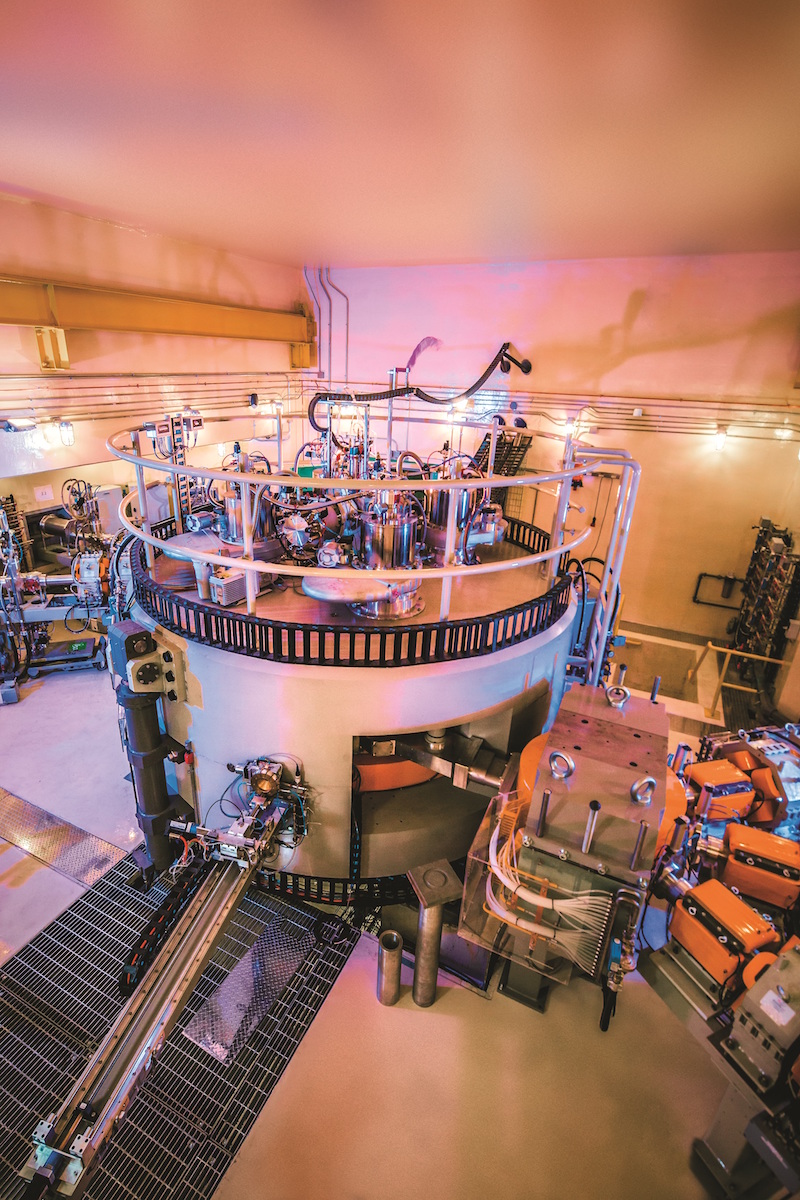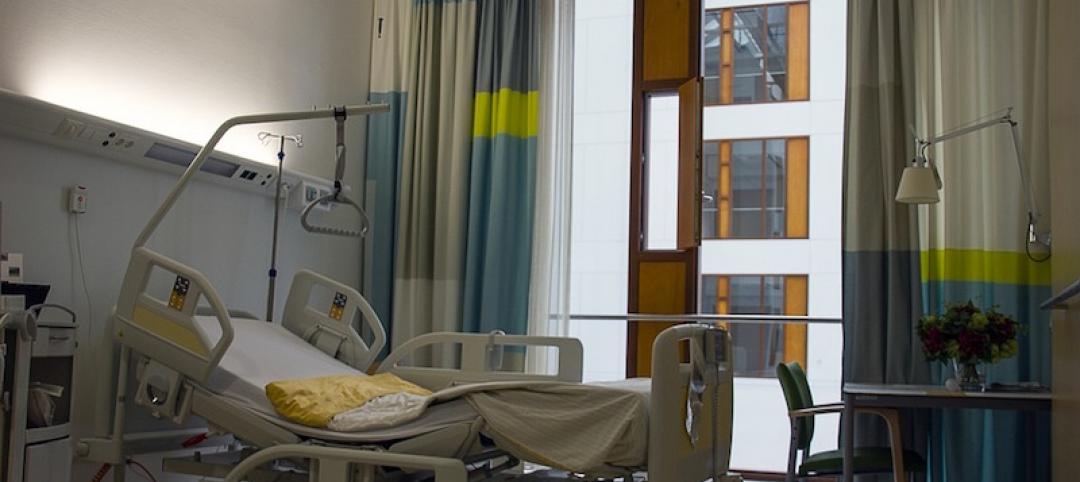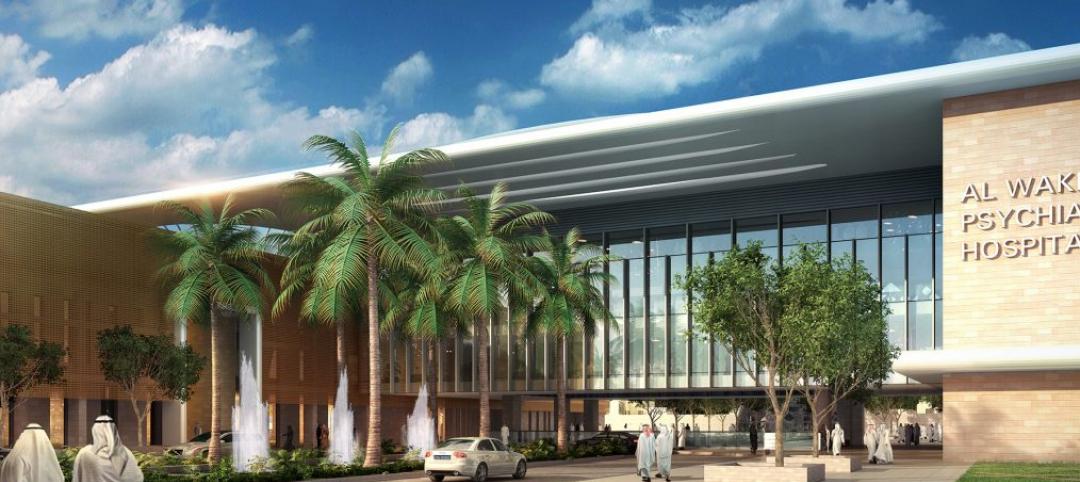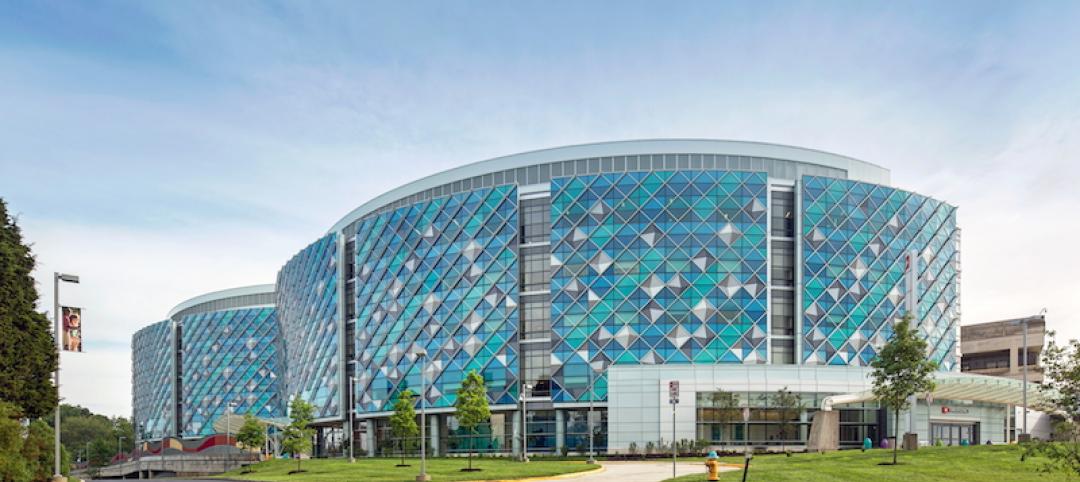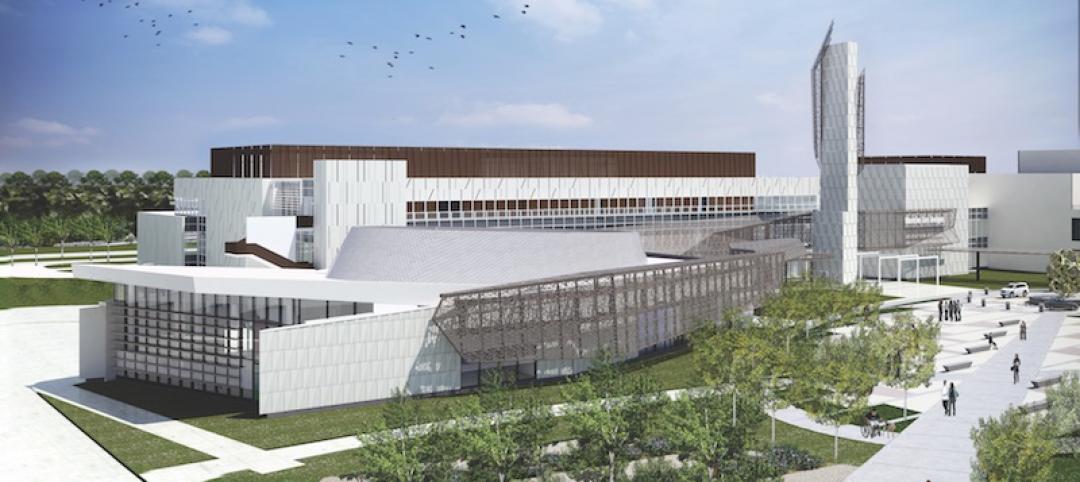Zevacor Molecular, a healthcare firm that manufactures PET and SPECT radiopharmaceutical products, installed the first and largest commercial 70-million electron volt (MeV) cyclotron dedicated to producing medical isotopes for the global market. Based in Noblesville, IN, Zevacor’s primary focus is to manufacture Strontium 82 and Germanium 68, although it is capable of producing a wide variety of other radioisotopes (atoms with excess energy) for both research and clinical applications.
“Each of these drug products have a certain affinity within the body and will preferentially go to the targeted disease,” said Todd Hockemeyer, Vice President of Quality and Regulatory Affairs at Zevacor. “It’s kind of like a car and driver. The driver is the radioactive isotope connected to a chemical, the car, which will go to a certain place in the body. Often a PET scan is combined with a CT scan to match it up with your anatomical body to see which organs the radioactivity, and therefore the disease, might be located in.”
The 70 MeV, 140-ton cyclotron was manufactured by Ion Beam Applications (IBA) in Belgium. The cyclotron is housed in an 11,000-cubic-yard concrete vault with 300 tons of reinforcing steel rod. It required more than 1,300 trucks of concrete to complete the project. On one Saturday, over 300 trucks made one continuous pour to create the foundation, as this “raft” cannot shift and have a deflection of more than 1 mm without degrading the energy beam.
Manufacturing Strontium 82 requires a lot of energy. Most of the equipment involved in the process is powered pneumatically with compressed air, but Zevacor estimates its annual power bill at $1 million, with three-fourths of that energy spent cooling water to keep the cyclotron and targets from overheating.
 Viega ProPress was used on the HVAC lines
Viega ProPress was used on the HVAC lines
“The heat from highly purified water used to cool the targets and critical cyclotron components is transferred to another isolated chill system filled with purified water,” Hockemeyer said, “which is then cooled by a chill water system using water from the local utility.”
The cyclotron is housed with six other vaulted areas, each supplied with two separate sets of copper pipes—one for feed water to make the purified water supply and the other to extract the heat. Because purified water is extremely corrosive to copper, the copper pipe does not come in contact with that water. It only goes to the filtration system that purifies the water upon which it is transferred to the target through a PVC line.
“The integrity of that chilled water system is critical,” Hockemeyer said. “If the cooling system shuts down, so does our cyclotron.”
That’s why Zevacor chose Viega ProPress for copper over soldering.
“We understood how important it was to have highly purified water and a water containment system that’s reliable and doesn’t leak and doesn’t fail,” Hockemeyer said. “The cost of a failure is far in excess of any money we might shave off the installation process because we used welded fittings.”
Zevacor also chose Viega to reduce the danger of contamination and particles in the piping, which can become radioactive and create different problems with hazardous waste water.
Viega
800.976.9819
insidesales@viega.us
For the complete story, visit the Viega website here.
Related Stories
| May 30, 2017
Accelerate Live! talk: Health-generating buildings, Marcene Kinney, Angela Mazzi, GBBN Architects
Architects Marcene Kinney and Angela Mazzi share design hacks pinpointing specific aspects of the built environment that affect behavior, well-being, and performance.
| May 24, 2017
Accelerate Live! talk: Learning from Silicon Valley - Using SaaS to automate AEC, Sean Parham, Aditazz
Sean Parham shares how Aditazz is shaking up the traditional design and construction approaches by applying lessons from the tech world.
Healthcare Facilities | May 16, 2017
University of Pennsylvania’s new $1.5 billion hospital is being built with the future in mind
The Pavilion broke ground on May 3.
Healthcare Facilities | May 4, 2017
Mortenson provides details about its first building in Minnesota’s ambitious Destination Medical Center development
One district alone could add two million sf of commercial and residential space to Downtown Rochester.
Healthcare Facilities | May 1, 2017
Designing patient rooms for the entire family can improve patient satisfaction and outcomes
Hospital rooms are often not designed to accommodate extended stays for anyone other than the patient, which can have negative effects on patient outcome.
Healthcare Facilities | Apr 28, 2017
Can healthcare be retail?
Healthcare systems have much to learn from retail. While they have been laser-focused on delivering exceptional patient care on their primary campuses, they face an onslaught of new challenges as they embrace a retail strategy to expand outpatient services and their ambulatory network.
Healthcare Facilities | Apr 24, 2017
Treating the whole person: Designing modern mental health facilities
Mental health issues no longer carry the stigma that they once did. Awareness campaigns and new research have helped bring our understanding of the brain—and how to design for its heath—into the 21st century.
Sponsored | Glass and Glazing | Apr 14, 2017
Azuria glass from Vitro provides hospital with the desired pop of color
Located in Wilmington, Delaware, Nemours/duPont hospital has undergone a series of expansions since it was founded in the 1940s.
Healthcare Facilities | Apr 14, 2017
Nature as therapy
A famed rehab center is reconfigured to make room for more outdoor gardens, parks, and open space.
Healthcare Facilities | Apr 13, 2017
Investors and developers are still avid for medical office buildings
A new CBRE survey finds that equity set aside for purchases continues to outshoot the availability of in-demand supply.


